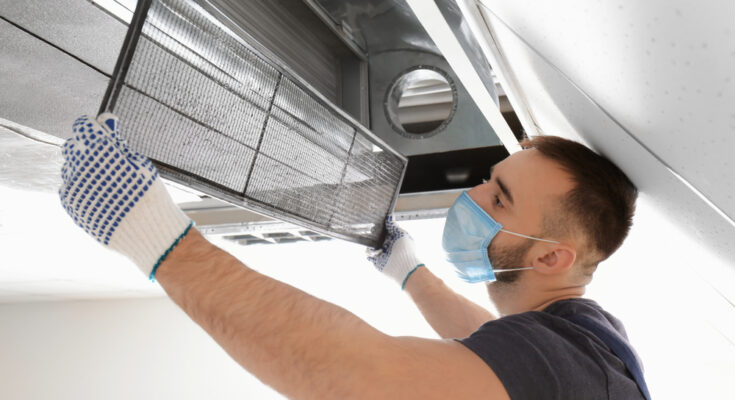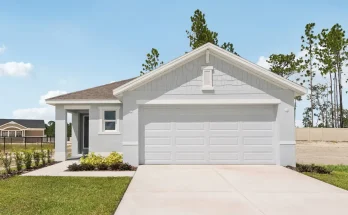Is your home feeling too warm or too chilly, even though the thermostat says everything is fine? If so, your thermostat might not be telling the whole truth. And when your thermostat lies, your energy bill can pay the price.
Let’s understand how this sneaky problem starts and what you can do to keep both your comfort and your utility bill in check.
How Thermostats Go Wrong
Your thermostat’s job is to monitor the indoor temperature and tell your HVAC system when to heat or cool your home. But when something is off, your entire system can get thrown out of balance.
Here are a few common culprits-
Dust And Dirt Buildup
Just like anything else in your home, thermostats can collect dust. When that dust settles on the sensor, it can affect how well the thermostat detects temperature changes. If it thinks the room is warmer or cooler than it really is, your HVAC system may run unnecessarily.
Drafts And Air Leaks
If your thermostat is near a drafty window or air vent, it might think the whole house is colder or warmer than it is. That could mean your AC or heater turns on when it doesn’t need to, using extra energy and increasing your bill.
Faulty Sensors Or Wiring
Over time, sensors can wear out or wiring can come loose. If the connection between your thermostat and HVAC system becomes unstable, your system might cycle on and off at the wrong times or stay running far too long.
What It Means For Your Energy Bill
An inaccurate thermostat can have a major effect on your wallet. When your HVAC system runs more than it should, it burns through energy. That means higher monthly bills without extra comfort to show for it.
If your system short cycles (turns on and off frequently) or long cycles (runs for too long), that inefficiency can strain your HVAC unit and potentially shorten its lifespan too.
Steps You Can Take
Wondering how to get your thermostat back on track? Try the following:
- Clean the Thermostat – Wipe it down gently with a dry cloth to remove dust from the sensor.
- Replace Air Filters – Dirty filters block airflow, affecting how well your system heats or cools.
- Seal Drafts – Use weatherstripping or caulk to seal leaks near doors and windows.
- Consider A Smart Thermostat – These devices learn your habits and adjust settings for better efficiency.
- Call A Professional – If you’ve tried these tips and still have issues, it’s time to let an expert take a look.
Don’t Let Your Thermostat Trick You
A small device like your thermostat can make a big impact on your home’s comfort and energy usage. If something doesn’t feel right, it’s worth investigating.
Need help diagnosing thermostat troubles? Call HELP Plumbing, Heating, Cooling, and Drains for expert HVAC service that keeps your system honest and your energy bills low.




